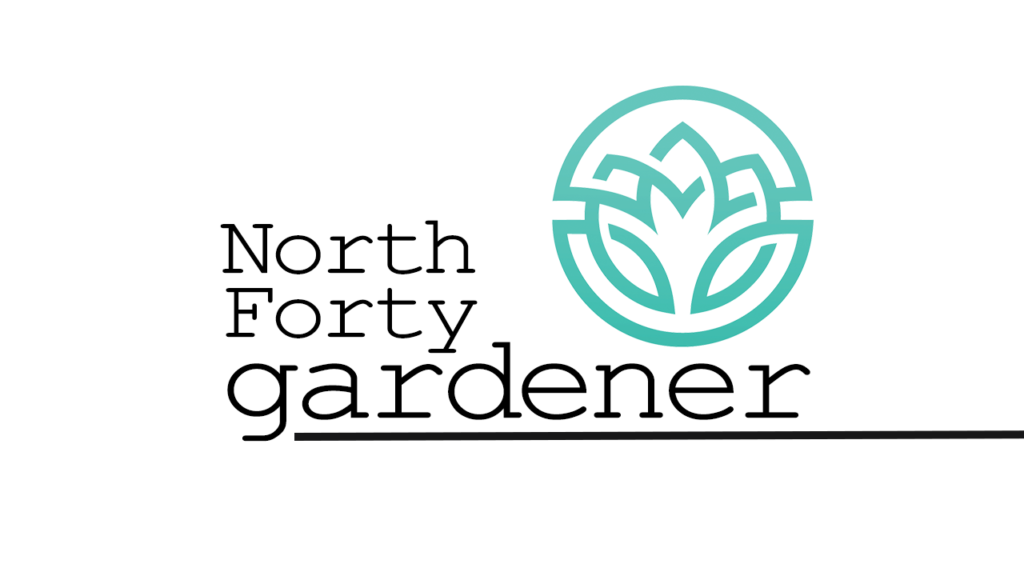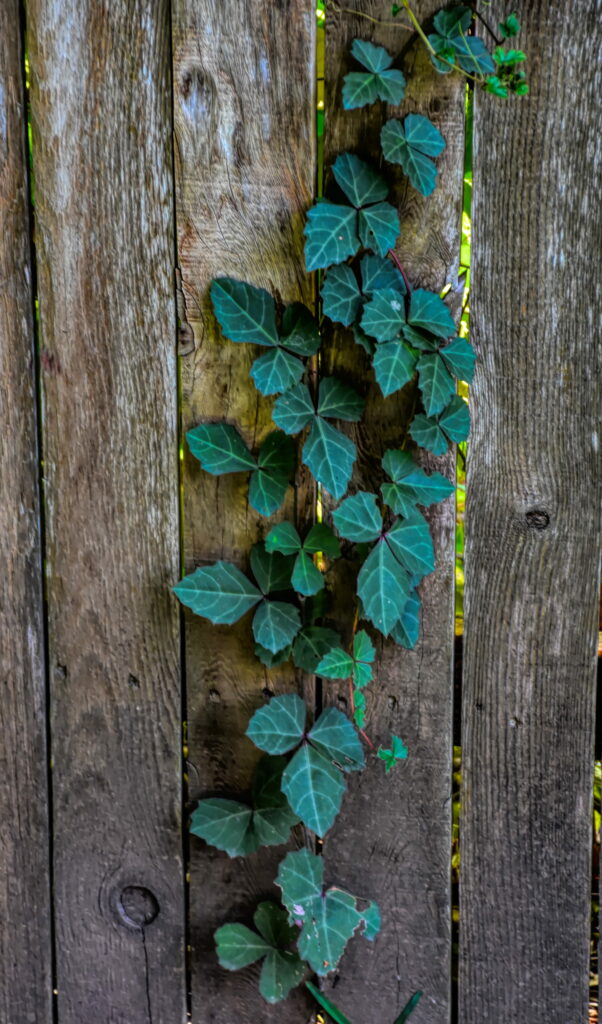
Support Northern Colorado Journalism
Show your support for North Forty News by helping us produce more content. It's a kind and simple gesture that will help us continue to bring more content to you.
BONUS - Donors get a link in their receipt to sign up for our once-per-week instant text messaging alert. Get your e-copy of North Forty News the moment it is released!
Click to Donate
Alex Tisthammer | Fort Collins Nursery
Perhaps you are a gardener with a small yard or a collector who is a little plant crazy, but regardless, you know that space is valuable and you want to use it to the best of its advantage. Taking advantage of vertical space is a wonderful way to help utilize areas practically as well as make your garden look attractive and visually interesting.
First things first, figure out what you want to use as your support. A chain-link fence is perfect for supporting a large vine for privacy screening. Engelmann Ivy or Trumpet Vine are ideal for this and one plant can cover ample space. Engelmann Ivy has lovely fall color and the bees adore the small flowers, while Trumpet Vine has a large red, orange, or yellow flowers the hummingbirds enjoy. If you don’t have a fence that the tendrils can twirl around, you can build support or buy a trellis to go along a fence or anywhere that you would like a vertical screen. If you have an entrance that you would like to spruce up, use an arch or arbor. They can make any pathway or garden entrance look enchanting. Wisteria and hops vines that have dangling flowers and fruit will make it even more magical.

If you’ve ever grown cucumber, squash or pumpkins you know these monstrous plants can take up a lot of space. Using vertical supports can save space and can solve some common problems at the same time. Training the plants to grow vertically increases air movement and exposes the leaves to more sunshine. This increases yields and helps combat diseases and pests. Harvesting is a breeze when the fruit is at eye level and you can see it clearly. This can help you avoid the common monster squash, that one you didn’t see and now it’s the size of a small child! Cucumbers, cantaloupes and other muskmelons, peas, pole beans, certain squashes, and even tomatoes are all crops you can grow vertically. Cattle fencing is cheap and a great support for your vegetable garden. Attach it to the back of raised beds or bend it into an arch to create a tunnel between beds.

Want a fruit tree but don’t have the space for it? If you have a fence or wall that gets a good amount of sun, an espalier is a perfect solution! Espaliered trees have been pruned so that their branches run horizontally to grow along a flat surface. Espaliered apple trees are very common and are often grafted to have multiple varieties on one plant so they can all cross-pollinate. While you can espalier a tree yourself it takes years to form. Buying one that is already properly pruned from a local garden center is a faster option.
Vertical space is an underutilized aspect of gardening, but when used correctly it can make a huge difference. Whether you’re creating a private personal getaway, creating a welcoming and visually interesting walkways, or maximizing your household food production, you can transform your yard and garden by growing up this year!
